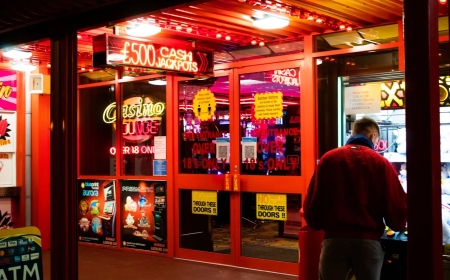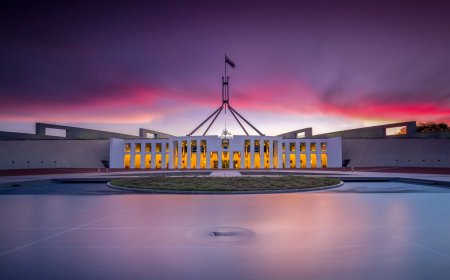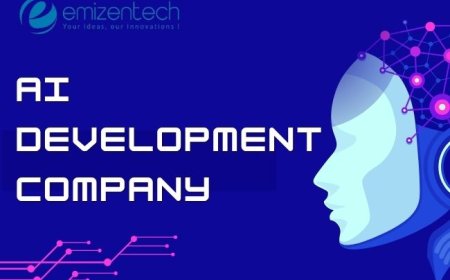Dialogue Models That Resolve Long-Standing Disputes
Explore how effective Dialogue models can help resolve deep-rooted disputes and promote Reconciliation and social justice in divided communities.

Disputes rooted in history, identity, or trauma can linger for decades, even centuries. From political conflicts to ethnic tensions, resolving these disputes requires more than treaties or surface-levelnegotiations. Effective Dialogue models offer a deeper approach one that engages opposing sides in meaningful, structured communication. These models create space for listening, understanding, and healing. In a world increasingly polarized by ideology, culture, or historical wounds, dialogue becomes not just a process but a transformative force for peace. Through dialogue, communities can find common ground, even after years of mistrust and division.
Foundation of Dialogue Listening to Understand
True dialogue starts with deep listening. Unlike debates, where participants aim to win, dialogue modelsencourage individuals to speak from experience and listen with empathy. This approach allows each party to feel heard and understood, laying the groundwork for trust. Dialogue isn't just about finding solutions; it's about creating a shared understanding of the problem. When people are given the space to speak their truth without fear, even the most entrenched positions can begin to soften. Through these early steps, lasting resolution becomes possible.
Rebuilding Trust Through Shared Humanity
Trust is often the first casualty in long-standing disputes. Rebuilding it is a slow, delicate process. Dialogue models that focus on shared humanity our common needs, emotions, and dreams can help participants recognize each other as people, not enemies. When dialogue is framed in terms of collective well-being, the conversation shifts from blame to possibility. These models are especially effective in communities emerging from civil unrest or prolonged discrimination. Support programs that promote reconciliation and social justiceoften rely on dialogue to surface hidden wounds and rebuild damaged relationships.
Transformative Dialogue Changing Narratives and Power Dynamics
Many successful Dialogue models adopt a transformative approach one that not only aims to resolve a conflict but also to change the underlying dynamics that fuel it. These models dig beneath the surface to address power imbalances, historical injustices, and systemic inequality. Participants are encouraged to explore their assumptions, re-examinecultural narratives, and consider alternative perspectives. By challenging dominant discourses and empowering marginalized voices, transformative dialogue becomes a tool for deeper social change. The goal is not simply to reach agreement, but to create more equitable systems of coexistence.
Structured Dialogue in Political Conflicts
In deeply polarized societies, structured dialogue is essential. These Dialogue models are often facilitated by neutral third parties and include clearly defined rules, objectives, and stages. For instance, national dialogue processes used in countries like Tunisia and Colombia were instrumental in bringing warring factions to the same table. Such dialogues typically begin with confidence-buildingmeasures before tackling contentious issues. By ensuring all voices are equally represented, these models foster legitimacy and buy-in from all stakeholders. This structure keeps conversations from breaking down under the weight of emotion or historical grievances.
Grassroots Dialogue Community-Led Healing
Not all conflict resolution happens at the national or political level. Many Dialogue models operate at the grassroots, involving community elders, religious leaders, youth, and marginalized groups. These dialogues often take place in informal settings churches, schools, and homes, and focus on healing interpersonal and intergroup relations. They are particularly effective in post-conflict zones, where formal systems may lack legitimacy. By restoring trust at the community level, grassroots dialogue helps prevent the recurrence of violence and lays the foundation for broader reconciliation.
Intergenerational Dialogue: Bridging Past and Future
When disputes are tied to historical trauma such as colonization, apartheid, or genocide intergenerational dialogue becomes crucial. TheseDialogue models connect younger generations with elders who have lived through the conflict. Such conversations honor the past while envisioning a new future. Intergenerational models help break cycles of inherited prejudice by offering younger people alternative narratives grounded in empathy and truth. They also validate the experiences of older generations who may feel forgotten. This inclusive approach helps societies move forward without erasing the pain of the past.
Role of Dialogue in Preventing Recurrence
Dialogue isnt just for resolving conflict its also a tool for preventing future disputes. OngoingDialogue models create forums where tensions can be addressed early before they escalate. Schools, workplaces, and local governments can implement ongoing dialogue programs as part of their conflict prevention strategies. These spaces promote transparency, empathy, and inclusivity, making it less likely for misunderstandings to spiral into long-term conflict. Prevention is always more effective and less costly than post-crisis reconciliation, making continuous dialogue a wise investment in peacebuilding.
Conclusion
Dialogue models are more than conflictresolution techniques they are blueprints for transforming relationships, communities, and entire societies. By fostering empathy, addressing root causes, and empowering all voices, these models make it possible to resolve even the most stubborn disputes. When paired with structural reforms and justice initiatives, dialogue becomes a pillar of sustainable peace. Whether it's between nations, neighbors, or generations, the act of sitting down to truly listen and speak with sincerity holds the power to heal. In choosing dialogue, we choose hope, understanding, and lasting unity.































